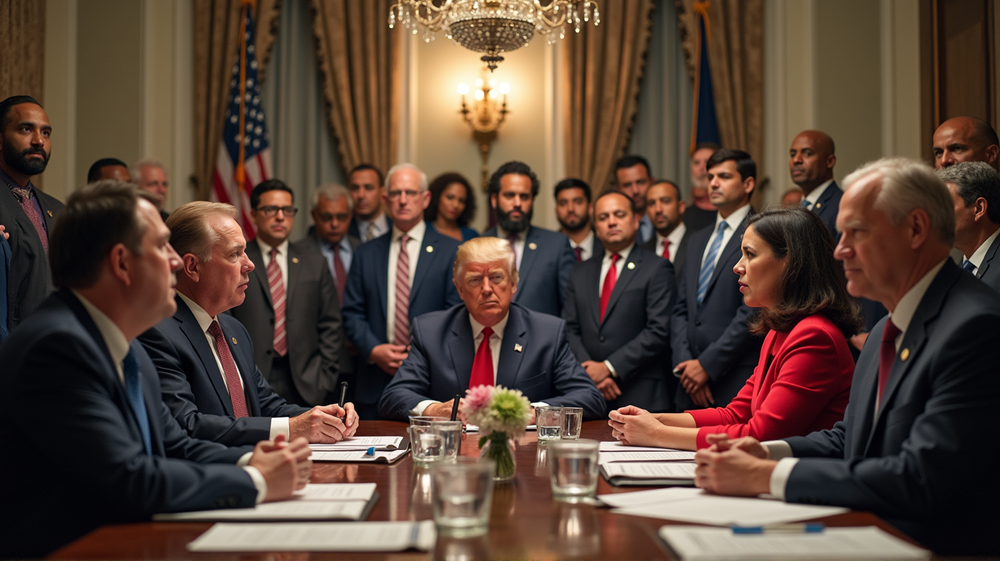The Trump administration is marking a significant turn in U.S. immigration policy by proposing pivotal changes to the H1B visa program and the Green Card process. These adjustments primarily target prioritizing American workers over foreign labor, a stance emphasized by U.S. Secretary of Commerce Howard Lutnick.
A New Era for Immigration
Speaking to Fox News, Lutnick detailed the upcoming reforms. “The H1B program needs a change because it’s terrible,” he stated outright. The administration aims to refine how Green Cards, which grant permanent residency, are awarded. “The average American makes USD 75,000 a year, and the average green card recipient USD 66,000. We’re taking the bottom quartile; like, why are we doing that?”
Impact on Indian Professionals
Indians are notably the largest demographic benefitting from the H1B visas, securing positions due to their expertise in IT and other sectors. The current system permits 65,000 immigrant workers annually, with an additional 20,000 slots for those with U.S. higher education. Thus, this revision could profoundly affect Indian nationals and IT companies reliant on talent from abroad.
Voices of Reform
Florida Governor Ron DeSantis has branded H1B a “total scam,” criticizing companies for exploiting the system to replace American workers with foreigners. He mentioned, “It’s almost like a form of indenture servitude. And so we’ve seen them take advantage of that time and again.” His view amplifies the government’s broader strategy to foster local employment.
Implementing Change
DeSantis further added that the current job market, especially with AI advancements, makes it harder for young Americans. “If dislocations continue, why import foreign workers when our people are in need?” he questioned, reflecting a sentiment that the administration seemingly embraces. This philosophy aligns with the Trump presidency’s message of prioritizing American citizens.
The Road Ahead
These proposed changes signal a shift in how the U.S. approaches its talent pool. As these reforms develop, many are left pondering who the “best people” become under these new guidelines. According to Hindustan Times, businesses will need to adapt to this evolving landscape, emphasizing the government’s push for homegrown workforce development.
Conclusion
This policy pivot aims to reshape the economic and social fabric of America, placing a spotlight on the balance between global talent and local opportunity. President Trump’s controversial stance could lead to substantial ramifications, redefining immigration narratives in the U.S. and beyond.












